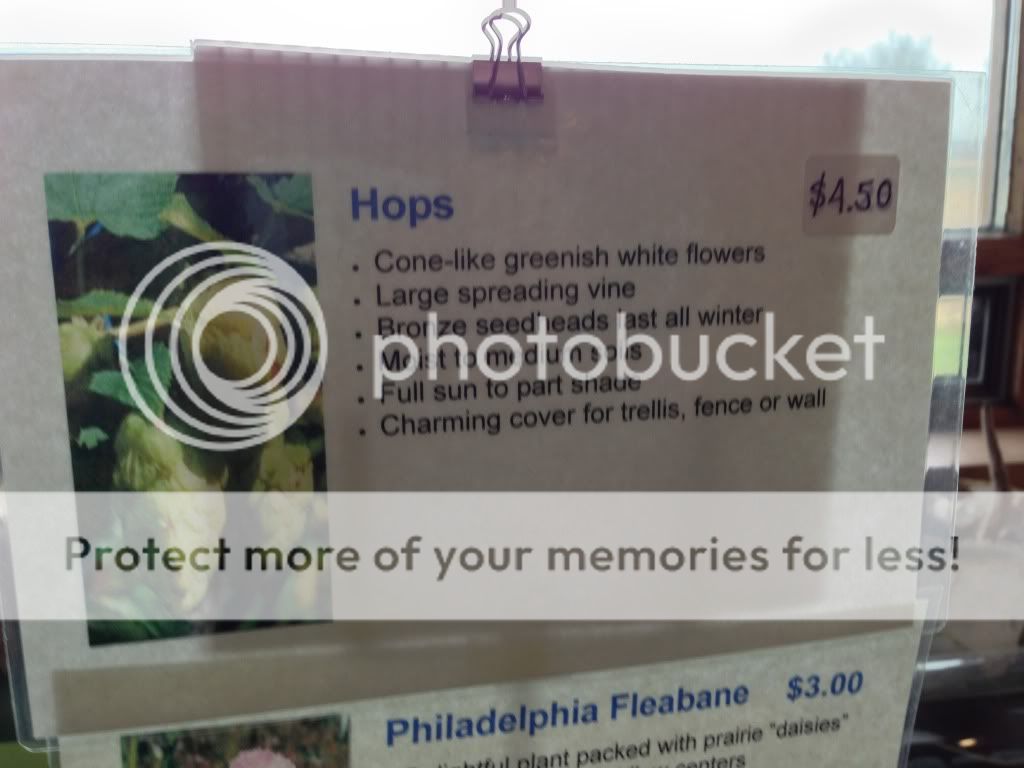Living Prairie Museum Native Prairie Plant Sale
The Living Prairie Museum Interpretive Centre opens for the season with the blooming of the Prairie Crocus , Manitoba’s provincial flower.
During Crocus Day , usually the latter weekends in April (weather permitting), special programs and guided hikes are available to celebrate spring’s arrival.

You probably recognize The Interpretive Centre, that squat building that sits in a field at the far end of Ness. You’ve probably driven by it hundreds of times. It’s well worth the (free!) visit, as it’s a treasure trove of all things local with a self guided exhibit of prairie history and ecology.
Inside, the Prairie Bookstore offers a bounty of books on local flora and fauna (including wild edibles) as well as a wildflower seed library, all of which are available for purchase. You can also take (or book) a hike through the 12.0 hectares of preserved prairie.
Of particular interest to the locavore is the Native Prairie Plant Sale which kicks off on the May long weekend, and continues each Sunday through June.
It offers a surprisingly diverse selection of indigenous plants which can easily be incorporated into your own garden, a great idea for many reasons.
You’re helping to restore Manitoba’s indigenous ecosystem, the tall grass prairie, of which only 1/20th of 1 percent of the original area remains.
You’re creating a beautiful landscape and providing habitat for wildlife and helping to conserve water and soil.
And you’re introducing hardy, low maintenance plants which have spent millennia adapting to grow in Manitoba’s unique and unpredictable climate–from deep freezes and drought, to flooding and famished deer and rabbit populations.
These prairie plants aren’t just fodder for these adorable but damaging denizens. Many of these plants are suitable, even desirable for humans, boasting both medicinal and culinary uses (many of which we talk about and teach during the Fantastic Forest Forage).
In fact, on the cold and damp Sunday of the May long when I chose to visit, it brought warmth to my heart to see many of the familiar and tasty wild edibles we’ll be talking about and teaching starting May 25.
Available for sale and transport into your very own prairie garden, or yours to discover during this season’s Fantastic Forest Forage, here’s a sampling:
Giant Hyssop

A draw for butterflies, hummingbirds and song-birds, the lavender coloured Hyssop blooms through July and August with a striking spike of many 2 – 4 inch flowers. The petals present licorice/anise flavours–a wonderful addition to salads, as a garnish, or dried they also make a great tea.
Wild Mint

One of my personal favourites, wild mint can generally be found in moist to damp soil, often bordering marsh or low lying areas. You’ll probably discover it first by its distinct aromas, released when moved or crushed, but also by the blue clusters of flowers at the four-edged stem which present July through August. Easy to grow and readily propagated through rhizomes, wild mint is a great culinary garden addition, used as a flavouring for icings, as a garnish to desserts, and either fresh or dried for tea.
Wild Strawberry

Often found at the edge of trails in medium to moist soil, the wild strawberry is identified quickly by its clusters of three, jagged leaves which present white flowers in June. Heard the term leaves of three, let it be? Wild strawberry and poison ivy are often mis-idetified with each other so take care. Make sure you’ve positively identified it before you go wading in. Later in the summer wild strawberry may or may not present small but intensely flavoured berries. It’s a good ground cover plant, but be prepared. It spreads quickly and readily by its runners.
Wild Hops

While we don’t often encounter these in the wild, there is a wild variety indigenous to Manitoba. Humulus lupulus (from which local brewer Half Pints derived the name of its intensely hoppy Humulus Ludicrous) vines will cover trellises, fences and walls and will present abundant green-white cone flowers in July to August. A must have for the home-brewer!
Pink Flowered Onion

A holy grail of foraging fans, the green, onion-type leaves can be used like chives for flavouring. It will present a pink, ball-shaped cluster of flowers in August. A fan of full-sun environs, it enjoys dry to medium soils and reseeds itself.
Wild Bergamot, a.k.a Beebalm

Enjoying full sun and medium to moist soils, bergamot leaves present a citrus/minty flavour that tea lovers will recognize as the aromatic, perfume background of Earl Gray. In July it will burst into an extravagant display of fragrant pink flowers which will attract butterflies and hummingbirds.
While it’s great to partake of these native plants right on your doorstep, nothing beats the thrill of the chase, foraging and discovering them growing in the wild (plus, you don’t have to fork out three of four bucks to enjoy them).
Visit Living Prairie Museum or join us and learn how to properly identify and sustainably harvest them during a Fantastic Forest Forage.
Living Prairie Museum
2795 Ness Avenue
Winnipeg, Manitoba
R3J 3S4
Phone: 204-832-0167
LPM Native Prairie Plant Sale
Friday, May 17 3:00-6:00 pm
Saturday May 18 10:00am- 4:00 pm.
Sunday May 19 10:00am -4:00pm
Every Sunday: May and June 12:00-4:00 pm
Fantastic Forest Forage
May – September
Assiniboine Forest (& other locations)
Chalfont & Grant
www.SavourWinnipeg.com/experiences

No comments yet.